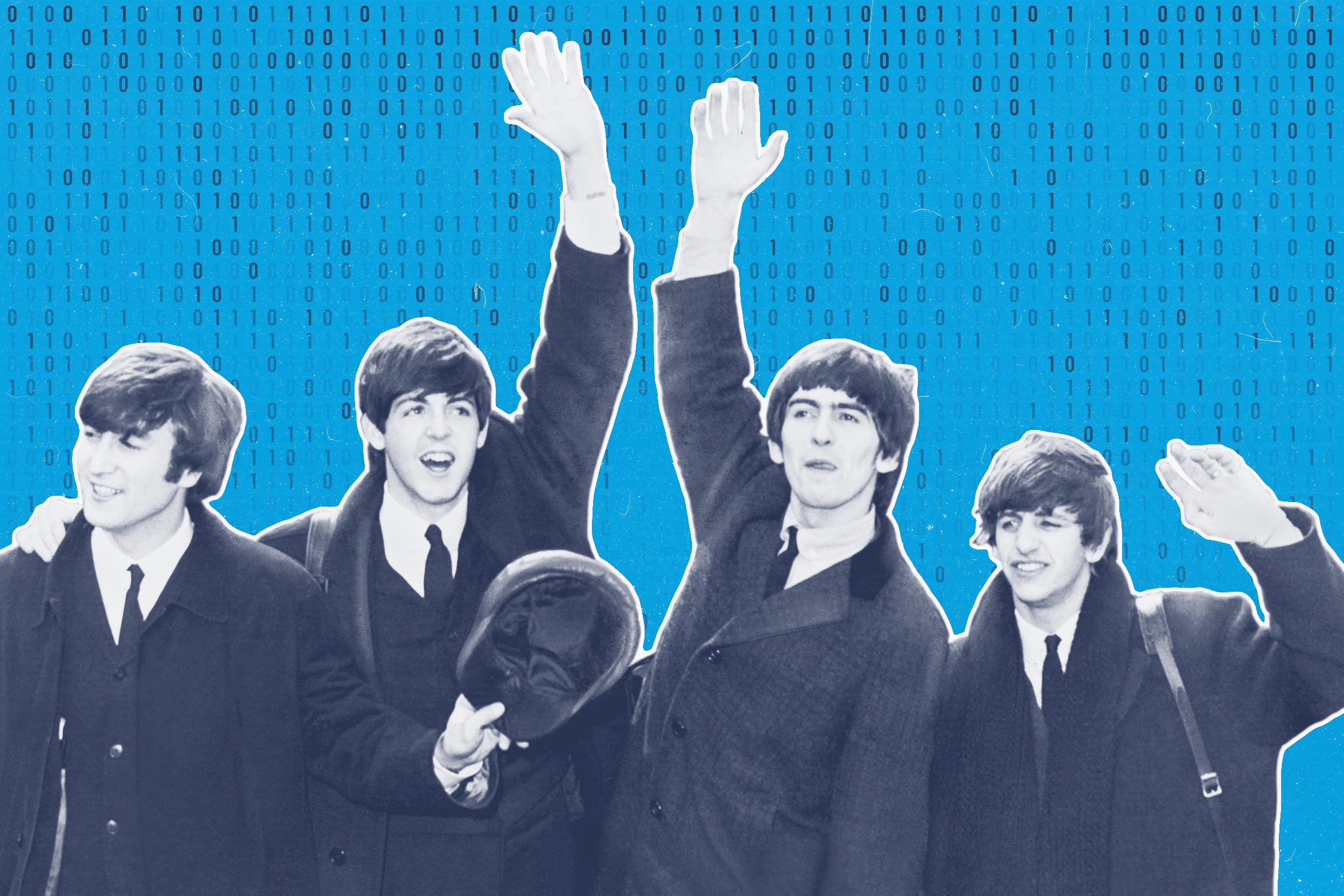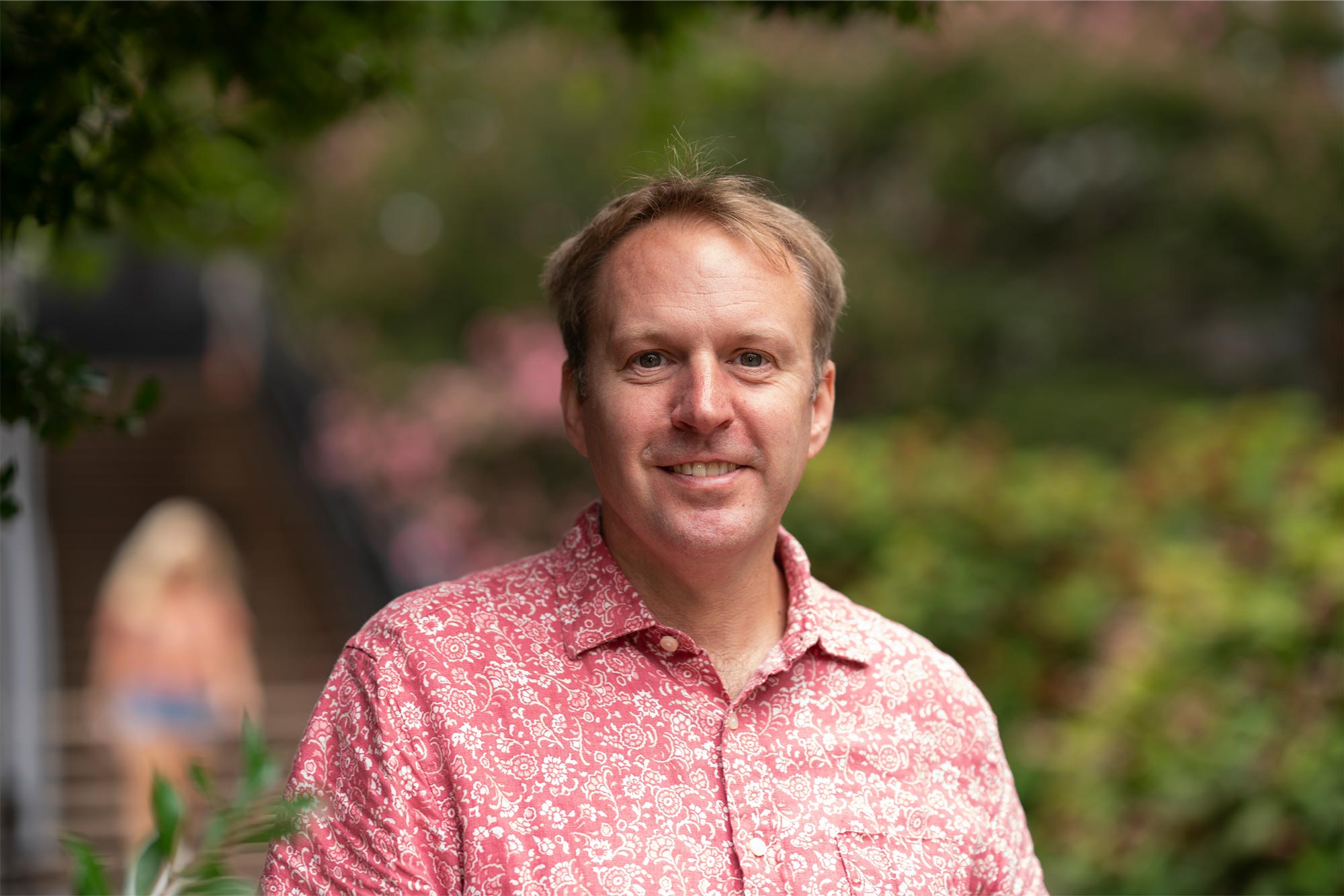UVA Today talked with the University of Virginia’s pop culture critic Jack Hamilton, associate professor of American studies and media studies, to get his reaction to the track and comment on what it means for one of history’s most famous bands.
Q. What was your first reaction to the song?
A. It’s great! Turns out John Lennon could really write a song. Who knew?
Q. “Now and Then” was recorded in the ’70s. Can you give us some context about where the band stood then?
A. The Beatles broke up in 1970 and mostly spent the 1970s pursuing individual solo careers. This song was originally recorded by John Lennon as a home demo in 1978, so it was never really intended to be a “Beatles” song – we can only assume it was something he was considering working up into a track for a solo album at some point, but then for whatever reason he never finished it. And then of course he was murdered in December of 1980, and “Now and Then” never fully evolved past a demo, until now.
Q. Where would you place it in the Beatles’ discography?
A. I’m not a big ranker-type person, and it’s particularly tough to compare this to other Beatles music just because its circumstances are pretty unusual and sonically, it sounds very much like a piece of music made in the 21st century rather than the 1960s. I think it belongs in its own category.
Q. You’ve previously said that AI music was a fad. Does this use of the technology change your mind?
A. My understanding is that AI was only used as a tool in one part of the mixing process, as a way to isolate Lennon’s vocal track from the piano part that he played on the demo, which they weren’t able to do when they first started working with this song back in the 1990s. So I don’t think it’s really accurate to call this “AI music.”
It’s really just AI being used in one specific auditory cleanup capacity during what we might call “post-production.” The use of AI will definitely make headlines just because it’s a hot topic right now, but it really wasn’t used in either the composition or performance of the song.











